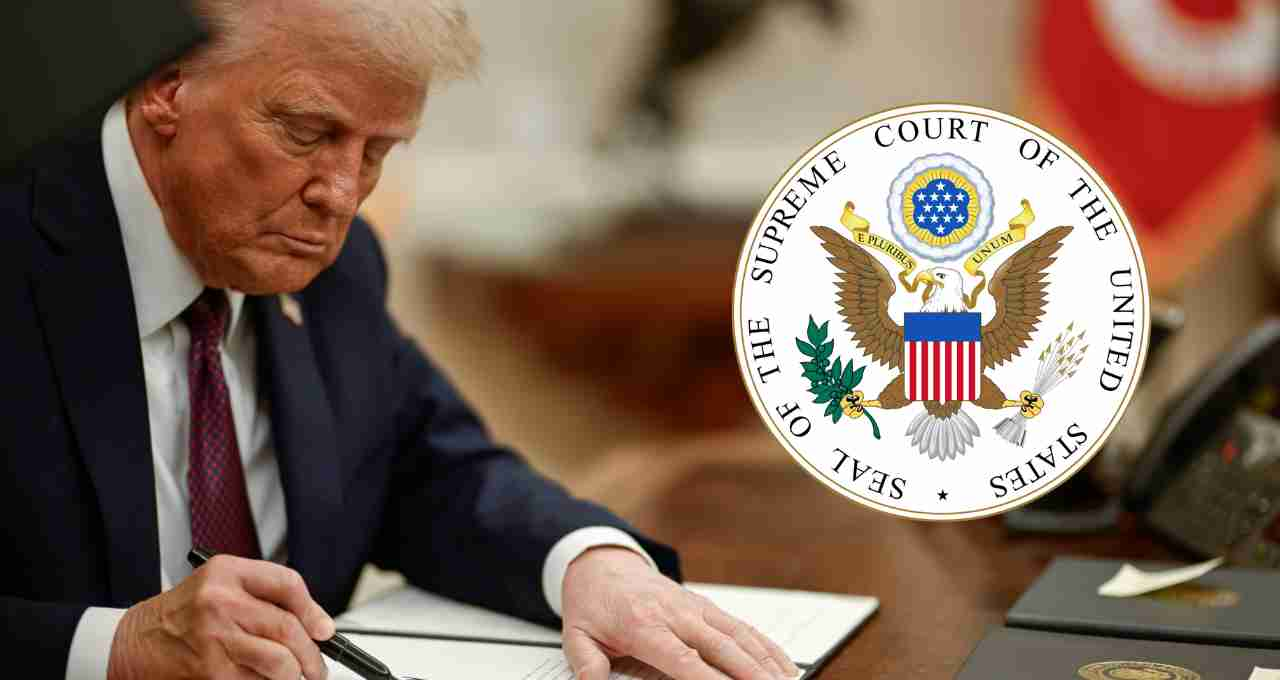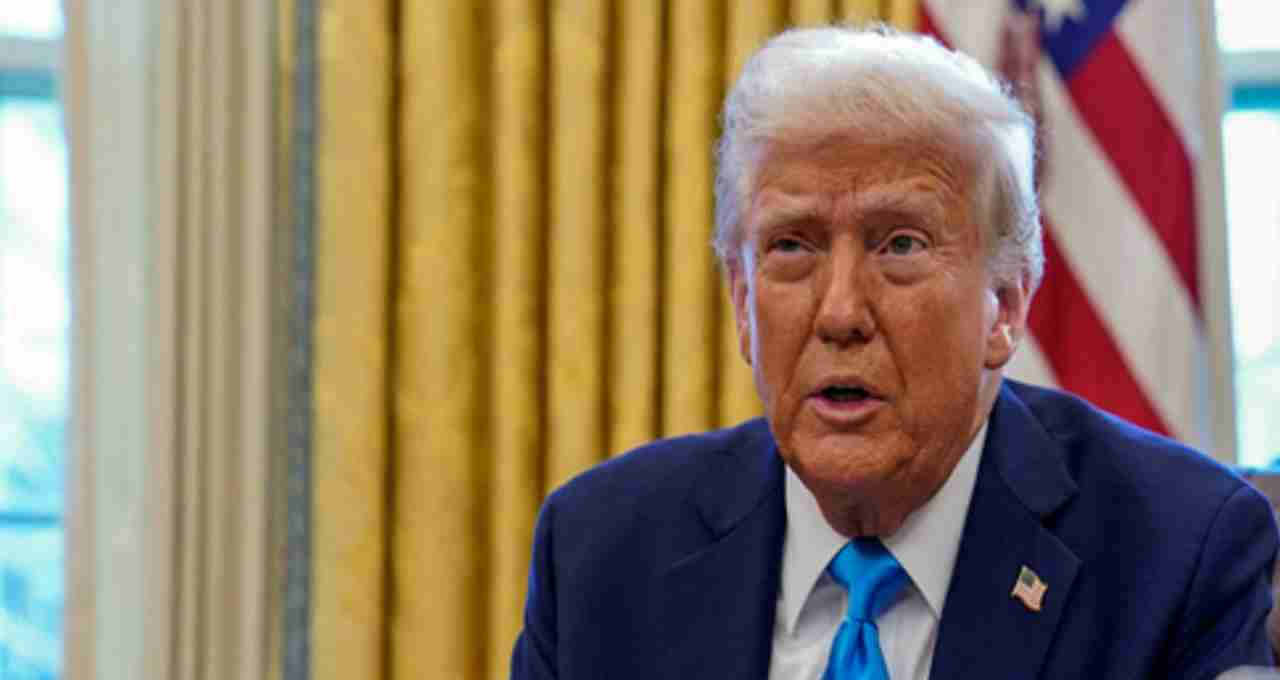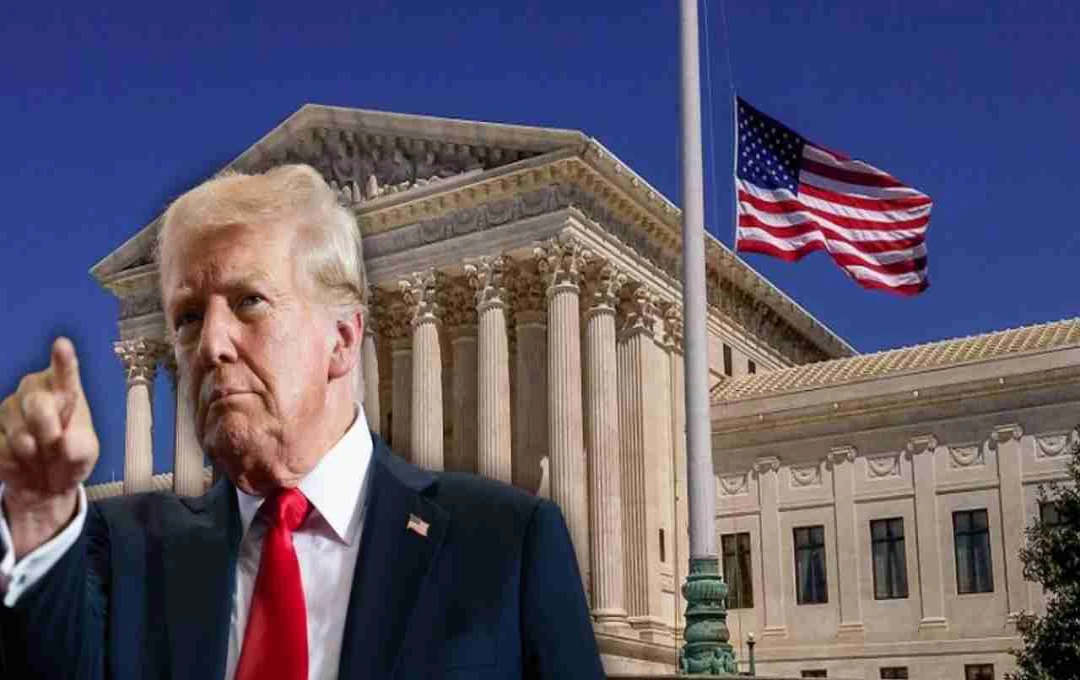The US Supreme Court has allowed President Donald Trump to dismantle the Department of Education. The reinstatement of 1,400 employees has been halted. Three justices dissented from the decision.
US Education: The US Supreme Court has approved the Donald Trump administration's move to shut down the Department of Education. The court overturned a lower court's order to reinstate 1,400 employees. Three Supreme Court justices dissented from the decision. Trump now has a legal path to close the Department of Education.
Supreme Court's Major Decision
In a landmark decision, the US Supreme Court has legally recognized President Donald Trump's move to completely eliminate the Department of Education. The court dismissed the lower court's order, which had instructed the reinstatement of 1,400 employees.
This decision came on Monday with a majority of conservative justices in the Supreme Court. However, three liberal justices opposed the decision. Justice Sonia Sotomayor called it an attack on the structure of the Constitution and stated that the decision gives the president the power to render departments inactive.
Justices' Dissent and Warning

Justices Elena Kagan and Ketanji Brown Jackson, along with Justice Sotomayor, also dissented from the decision. They wrote that this precedent could pose a threat to other constitutional institutions in the future.
Justice Sotomayor wrote in her dissenting note, "If a department cannot retain its essential employees, the department effectively ceases to exist."
The Process Began with the Education Secretary's Statement
Education Secretary Linda McMahon announced on March 11 that the department would lay off half of its employees. Following this, on March 20, President Trump issued an Executive Order directing all legal steps to be taken to completely shut down the Department of Education.
Objections from Democrats and Union Organizations
Democratic leaders and education-related organizations bly objected to this order. Two lawsuits were filed—one by Democratic states and another by the schools and teachers' union of Massachusetts. Both called Trump's decision an attack on children's fundamental right to education.
Sky Perryman, head of Democracy Forward, said, "This decision undermines the guarantee of free education for American children."
The Lower Court's View
In his May order, Judge Myong Jun of the Boston District Court said that laying off such a large number of employees would render the Department of Education completely inactive. He also stated that Trump's intention was to weaken the department and gradually eliminate it.

The judge wrote in his order, "A department that cannot retain the necessary employees for its operations cannot exist as a department." Later, the First Circuit Court of Appeals also upheld this decision. However, Trump appealed to the Supreme Court, and the Supreme Court has now overturned the lower court's order.
Which Departments are Targeted by Trump?
This matter is not limited to the Department of Education. Experts believe that if Trump continues to receive similar relief from the Supreme Court, he could also shut down several other independent institutions, such as the Consumer Financial Protection Bureau, the US Agency for International Development, and the US Institute of Peace.
Why Does Trump Want to Close the Department of Education?
Donald Trump promised during the 2016 presidential election that he would decentralize education. This means that control of education would be handed over to the states instead of being in the hands of the federal government.
Many leaders of the Republican Party have long favored this idea. They believe that education policies and control should be according to local needs and cultures, not determined at the central level.
What Could be the Impact of This Decision?
Eliminating the Department of Education would place the responsibility for education entirely on the states. This could affect the quality of education in some states, especially where education is already struggling due to a lack of resources.
Federal programs, such as student loans, education grants, and research funding, may also be affected. In addition, there is a risk of an impact on policy stability and transparency.














